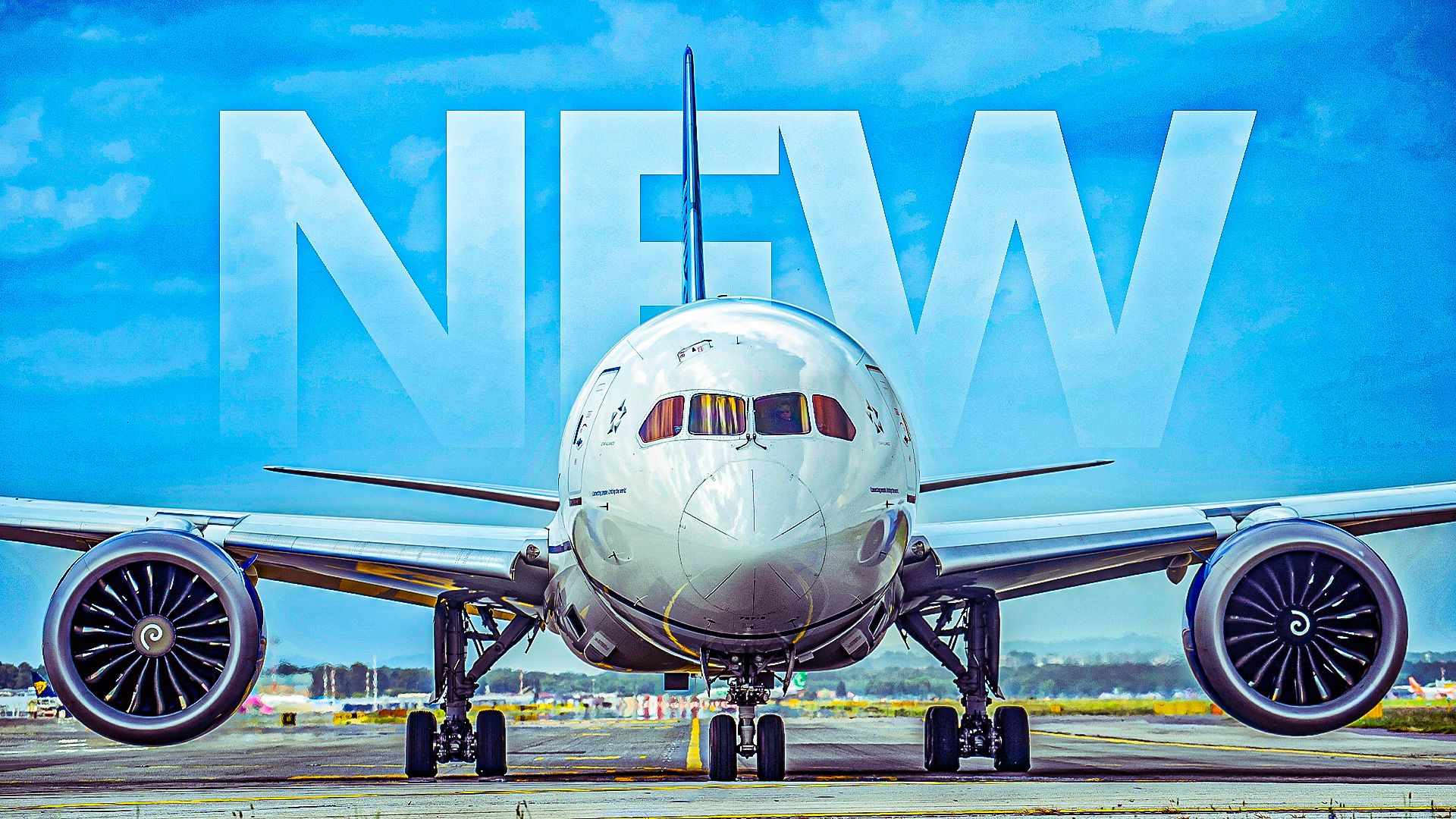World
United Airlines Introduces Premium Boeing 787-9 Aircraft for 2026

United Airlines has announced plans to expand its long-haul fleet by adding new Boeing 787-9 aircraft, set to enter service in early 2026. The airline currently operates 47 Boeing 787-9s and has placed an order for an additional 141 aircraft, which will feature a new cabin design known as the “Elevate” interior. This new configuration aims to enhance passenger comfort and align with growing demand for premium travel.
Among the upcoming deliveries, the aircraft designated as N27997 will feature a standard interior, while the remaining planes will incorporate a revamped seating layout. The “Elevate” interior will include upgraded seating options across all classes: Polaris, Premium Plus, and economy. Notably, United will offer the most premium-heavy seating layout of any US-registered widebody aircraft, highlighting its commitment to delivering an enhanced travel experience.
Details of the New Aircraft Configuration
United Airlines has a rich history with the Boeing 787 series, having previously ordered a total of 71 aircraft, comprising 12 787-8s, 38 787-9s, and 21 787-10s. In 2022, the airline ordered an additional 100 Boeing 787s, with options for another 100, and exercised 50 of these options in 2023. The upcoming deliveries will exclusively consist of the 787-9 variant.
Currently, United’s Boeing 787-9 fleet, identified by the code “78P,” includes 48 Polaris seats, 21 Premium Plus seats, and 188 economy seats. The new “78L” configuration will introduce 64 Polaris suites, 35 Premium Plus seats, and 123 economy seats, optimizing the layout for passenger comfort and operational efficiency.
The updated economy class will feature the Collins Aspire seats, which are already in use on the airline’s international 777-200ERs and recent 787 deliveries. Passengers can expect a larger 4K OLED screen measuring 13 inches and Bluetooth capabilities, as well as multiple power outlets per row.
Strategic Routes and Operational Impact
The introduction of the “78L” aircraft is a strategic move for United Airlines, as the first routes will connect San Francisco to Singapore and London-Heathrow. These destinations are significant for premium travelers, and the new aircraft’s seating arrangement is designed to replace the aging Boeing 767-300ERs currently serving similar routes.
The demand for premium seating on long-haul flights is expected to drive revenue growth for United. The “78L” configuration, with its enhanced Polaris cabin, will allow the airline to operate ultra-long-haul flights more effectively, addressing payload restrictions that can occur on certain routes.
As United Airlines prepares for these new deliveries, it remains to be seen how many of the 141 incoming 787s will feature the “78L” configuration. The airline has previously experienced success with its premium-heavy 76L subfleet, and the new 787-9s are poised to further strengthen United’s position in the competitive market for premium travel.
The airline has yet to clarify whether existing aircraft will be retrofitted with the new seating designs. However, speculation suggests that if such plans are in place, the older 787-8, 787-9, 787-10, and 777-300ER fleets could be considered for updates.
United Airlines is at the forefront of expanding premium seating options among US carriers. The airline’s commitment to enhancing the passenger experience with its new Boeing 787-9 aircraft reflects a broader trend among legacy airlines to increase the size of their premium cabins. As competition intensifies, United is set to maintain its leadership in offering superior travel experiences for its customers.
-

 Top Stories4 weeks ago
Top Stories4 weeks agoNew ‘Star Trek: Voyager’ Game Demo Released, Players Test Limits
-

 World4 weeks ago
World4 weeks agoGlobal Air Forces Ranked by Annual Defense Budgets in 2025
-

 World4 weeks ago
World4 weeks agoMass Production of F-35 Fighter Jet Drives Down Costs
-

 World4 weeks ago
World4 weeks agoElectrification Challenges Demand Advanced Multiphysics Modeling
-

 Science4 weeks ago
Science4 weeks agoTime Crystals Revolutionize Quantum Computing Potential
-

 Business4 weeks ago
Business4 weeks agoGold Investment Surge: Top Mutual Funds and ETF Alternatives
-

 Top Stories4 weeks ago
Top Stories4 weeks agoDirecTV to Launch AI-Driven Ads with User Likenesses in 2026
-

 Entertainment4 weeks ago
Entertainment4 weeks agoFreeport Art Gallery Transforms Waste into Creative Masterpieces
-

 Lifestyle4 weeks ago
Lifestyle4 weeks agoDiscover Reese Witherspoon’s Chic Dining Room Style for Under $25
-

 Health4 weeks ago
Health4 weeks agoGavin Newsom Critiques Trump’s Health and National Guard Plans
-

 Business4 weeks ago
Business4 weeks agoUS Government Denies Coal Lease Bid, Impacting Industry Revival Efforts
-

 Lifestyle4 weeks ago
Lifestyle4 weeks agoLia Thomas Honored with ‘Voice of Inspiration’ Award at Dodgers Event








